We only had three nights in London on this last trip, our first visit in a decade, but I think our dinner choices – Rules, St. John, and on our final night, The Clove Club – successfully captured a meaningful cross-section. Each of these places might seem quite different on the surface – the red velvet banquettes and gold-framed portraits of Rules are entirely unlike the abbatoir-like black-and-white starkness of St. John, which is equally unlike the cool modernism of the Clove Club. Though the spare, contemporary plates at Clove Club might appear to be from a different world than the straightforward, traditional dishes at Rules, there's a thread which runs through them: a deeply ingrained dedication to British ingredients.
The Clove Club, which started as a living room supper club run by chef Isaac McHale, has made itself a home in a 150-year old building that used to be the Shoreditch Town Hall. Now, you enter into a smart, cozy bar – where, it should be noted, several smaller dishes from the tasting menu are available on an a la carte basis, something I'll be keeping in mind the next time in town. You pass from the bar into an equally smart dining room, the centerpiece of which is a shiny open kitchen. Sometimes these layouts feel like a stage, where the diners are meant to gaze in rapt wonder upon the chefs. This one feels more like the loft of your tasteful London friend, the one with a fetish for blue subway tile and 1960's Scandinavian furniture. It's elegant, in an understated way; but more important, it's comfortable – it still feels like it could be a living room supper club, though in a pretty fancy living room.
Dinner can be either a five-course affair, currently priced at £75, or a more elaborate tasting menu for £110, which was the route we chose.
(You can see all my pictures in this The Clove Club - London flickr set; these are from a meal in February 2017).
The meal starts with a series of snacks, the first of which is something of a signature dish: buttermilk-marinated fried chicken, dusted with pine salt, and presented nestled in a woven basket filled with pine branches. It is like the platonic ideal of a chicken nugget. A glass of Gusbourne Blanc de Blanc accompanies the snacks, and I'm pleasantly surprised to discover that very respectable sparkling wine is coming from this side of the English Channel, in West Sussex.
McHale turns his sights to his native Scotland next with a warm haggis bun, the funk of offal tempered by warm spices and a dusting of vinegar powder. Local ingredients take a Japanese turn with a rectangular laver (seaweed)[1] crisp that serves as the vehicle for a rich, oily mackerel tartare.
(continued ...)
A frozen gazpacho of beetroot and apple, graced with a thick walnut cream on the other side, is one of the only unmemorable dishes; not flawed in any way, just not particularly exciting. Another sort-of-soup which follows, however, is a thing of beauty: hay-smoked trout tartare, with a shower of potato crisps and a dusting of powdered sansho pepper, the shallow bowl then flooded with a creamy pink fir potato soup (pictured here before the soup was poured).[2] Such lovely balance – the flavors rich but not overpowering, the textures lush but not cloying.
In "The Physiology of Taste," Brillat-Savarin famously wrote, "The discovery of a new dish confers more happiness on humanity than the discovery of a new star." I can't say for certain that this is an entirely new dish; I can say it's the first time I've had this particular combination of raw scallop, slivered raw button mushrooms, crushed hazelnuts, clementine and black truffle, all assembled over a jet-black squid ink purée. The scallop itself – from fisheries in Orkney, in the outer northern reaches of Scotland – is beautifully plump and fresh and sweet. It's complemented by a fascinating interplay of earthy and nutty flavors, brightened just a hint by the citrus. Speaking for myself, anyway, it's a lot more exciting than the latest "cold brown dwarf."
The experience is completed by the wine pairing – Radikon Jakot, from one of the legends of the natural wine movement. It's made from the tocai friulano grape,[3] grown organically in the Friuli Venezia Giulia region of Italy, naturally fermented, allowed to macerate for months on the skins, and finished in a minimally interventionist style (no sulfites, no filtering). The wine is complex and nutty, and its fruit, like marmalade or citrus peel, has an invigorating edge of bitterness to it. It's a beautiful match for the dish.
A silky, frothy broth (maybe more of a bisque) of oysters and chestnuts follows, dappled with wild Scottish seaweeds.
Everyone apparently has grown tired of menus that name-drop their sources. It never particularly bothered me; I still enjoy knowing where my food comes from. Without making a production of it, the Clove Club gives credit here and there to certain producers, regions or varietals. So this dish is Musselburgh leeks (a Scottish heirloom variety first introduced in the early 1800's) with a sauce of Montgomery Cheddar (a handmade, unpasteurized cheddar made on a family farm in Somerset),[4] and a little puddle of watercress purée (no provenance noted). The allium sharpness of the leeks is melted into subtle sweetness, the sauce offering a nutty, buttery complement.
Pollock is maybe as humble a fish as they come, probably best known for being used to make imitation "krab sticks." And yet this is a beautiful piece of fish: grilled over hazelwood, the flesh is silky, almost gelatinous, and capped with a crisp cracker of skin; it's paired with grilled calçots (fat green onions continuously covered in more dirt as they grow so there's more tender white stalk), a tangle of monk's beard, a couple nutty crosnes, a frothy sauce warmed with cinnamon, and a dusting of powdered curry leaf.
The wine is again a beautiful match – a deep-golden vin jaune from Chateau Chalon, rich and spicy and nutty, with an oxidized edge like a sherry.
The menu describes this as "a little buckwheat pancake" – but it's a taco. And it's a great taco: a tranche of tender suckling pig belly with a gorgeously burnished and crackling-crisp cap of skin, a few dots of bean purée, petals of pickled onion, a scatter of herbs, and a dusting of long pepper for some brightness and spice. It's all mounted on a thin pancake / tortilla made from buckwheat mixed with blood and perfumed with a whiff of black pudding spices, the earthy buckwheat playing the role of masa.
Tasting menus often tend to peter out (for me anyway) as you approach the "big protein" stage, with creativity and finesse giving way to a push for satiety. Not here. This rabbit dish is a tour de force, making use of all the animal in a variety of ways – a ballotine threaded with green leaves, a pinkish slice of loin, tiny chops from the ribs, a wee rabbit heart, a cromesqui of offal, pulled together with a bright green herb sauce redolent with tarragon, then finally drizzled tableside with a rabbit broth. Fantastic.
A pre-dessert of Amalfi lemonade and Kampot pepper ice cream is another thing of beauty – bright, clean intense flavors of citrus, flowers and spice, with a subtle contrast of textures between the creamy ice cream and the more delicate lemon foam which topped it.[5]
Did you know there was a "Rhubarb Triangle" in West Yorkshire – a nine-square-mile area famed (well, relatively speaking) for its rhubarb? Me neither, and I wouldn't have but for the menu mentioning "Yorkshire rhubarb," and our server reinforcing it in reverent tones. Yorkshire used to produce 90% of the world's forced winter rhubarb, but there are now only about a dozen growers left. The special crop is fantastically labor-intensive to produce: started from cuttings taken from mature plants, which are then grown in dark forcing sheds and harvested by hand, by candlelight – all to prevent photosynthesis and keep the stalks from turning green and woody.
McHale uses it in an elegant little tart, sandwiched with creamy, tangy sheep's milk yogurt, and a delicate round pastry tuile shell dusted with rose powder. Its flavor matches its fuschia hue: bright, and pure, and refreshingly but not astringently tart.
And with the mignardises, we come nearly full circle back to my initial premise. Along with the peated barley buns and salted caramel chocolates, there are a couple little bon bons with the flavors of a "Dr. Henderson," a hair-of-the-dog style hangover cure concocted by Fergus Henderson, chef/owner of St. John. The recipe is 2 parts Fernet Branca to 1 part Creme de Menthe, and comes with a warning: "Be careful, this is so effective you can find yourself turning to its miraculous powers with increasing regularity. Do not let the cure become the cause."
The Clove Club
Shoreditch Town Hall, 380 Old Street, London
+44 0 20 7729 6496
[1] Seaweed has been eaten in the British Isles for centuries, most famously in Welsh laverbread, though I don't actually know if they're using British seaweed or Japanese nori in these little sandwiches.
[2] Pink Fir is a variety of potato (apparently also called Pink Fir Apple Potato) with a pinkish skin, creamy flesh, and lovely, nutty flavor.
[3] "Jakot" is the regional spelling of tocai (tokaj) backwards – in 2007, the EU banned the use of "tocai" because of confusion with the legendary Hungarian dessert wine, Tokaji. The grape now typically goes by "friulano" or "sauvignon vert."
[4] The Montgomery family made their way to Somerset from Scotland about a hundred years ago – are you starting to see a pattern here?
[5] These are a couple special ingredients: Amalfi lemons are regarded as some of the best in the world, and the same is true in the pepper world of Cambodian Kampot pepper.
[2] Pink Fir is a variety of potato (apparently also called Pink Fir Apple Potato) with a pinkish skin, creamy flesh, and lovely, nutty flavor.
[3] "Jakot" is the regional spelling of tocai (tokaj) backwards – in 2007, the EU banned the use of "tocai" because of confusion with the legendary Hungarian dessert wine, Tokaji. The grape now typically goes by "friulano" or "sauvignon vert."
[4] The Montgomery family made their way to Somerset from Scotland about a hundred years ago – are you starting to see a pattern here?
[5] These are a couple special ingredients: Amalfi lemons are regarded as some of the best in the world, and the same is true in the pepper world of Cambodian Kampot pepper.

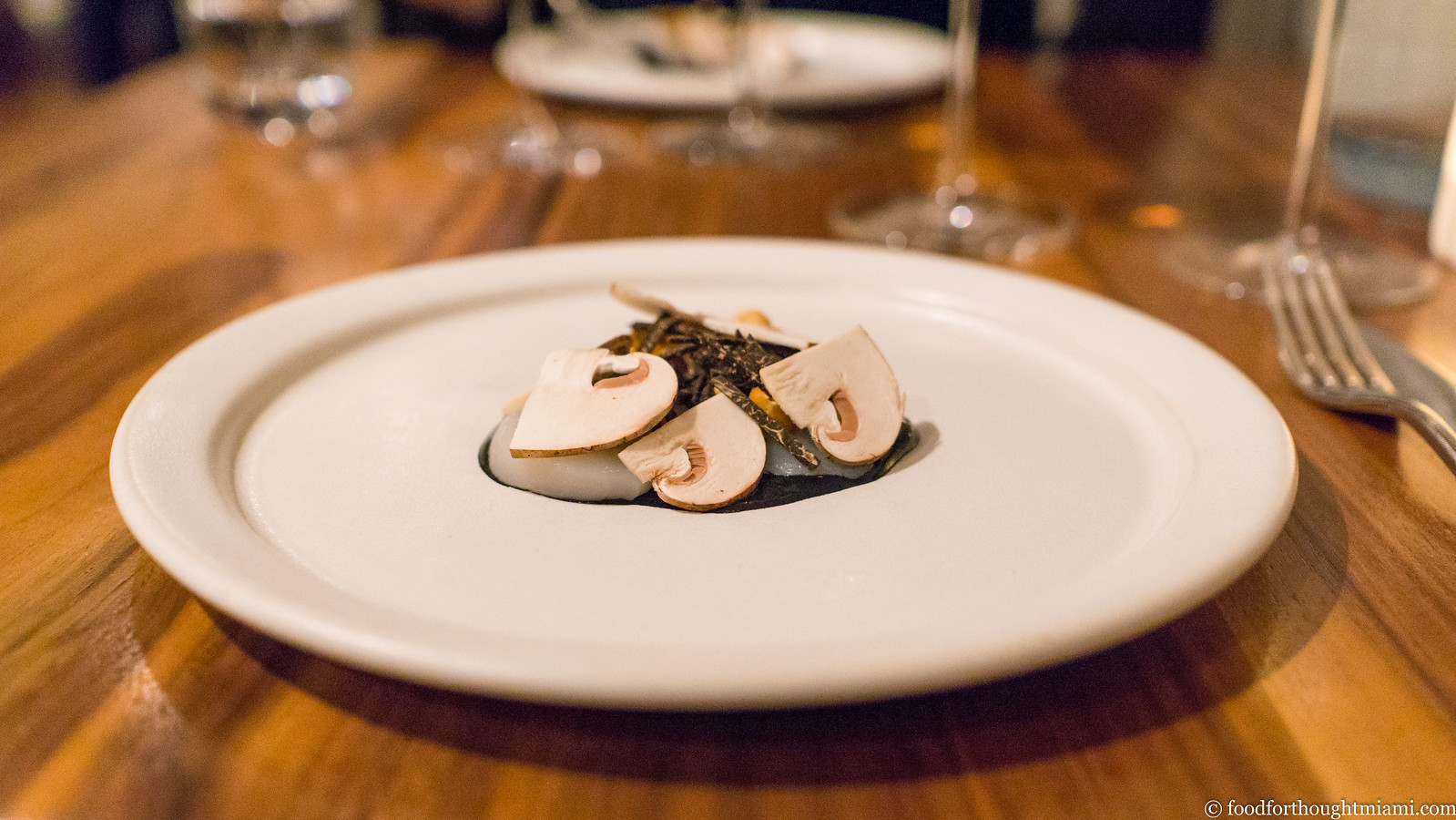




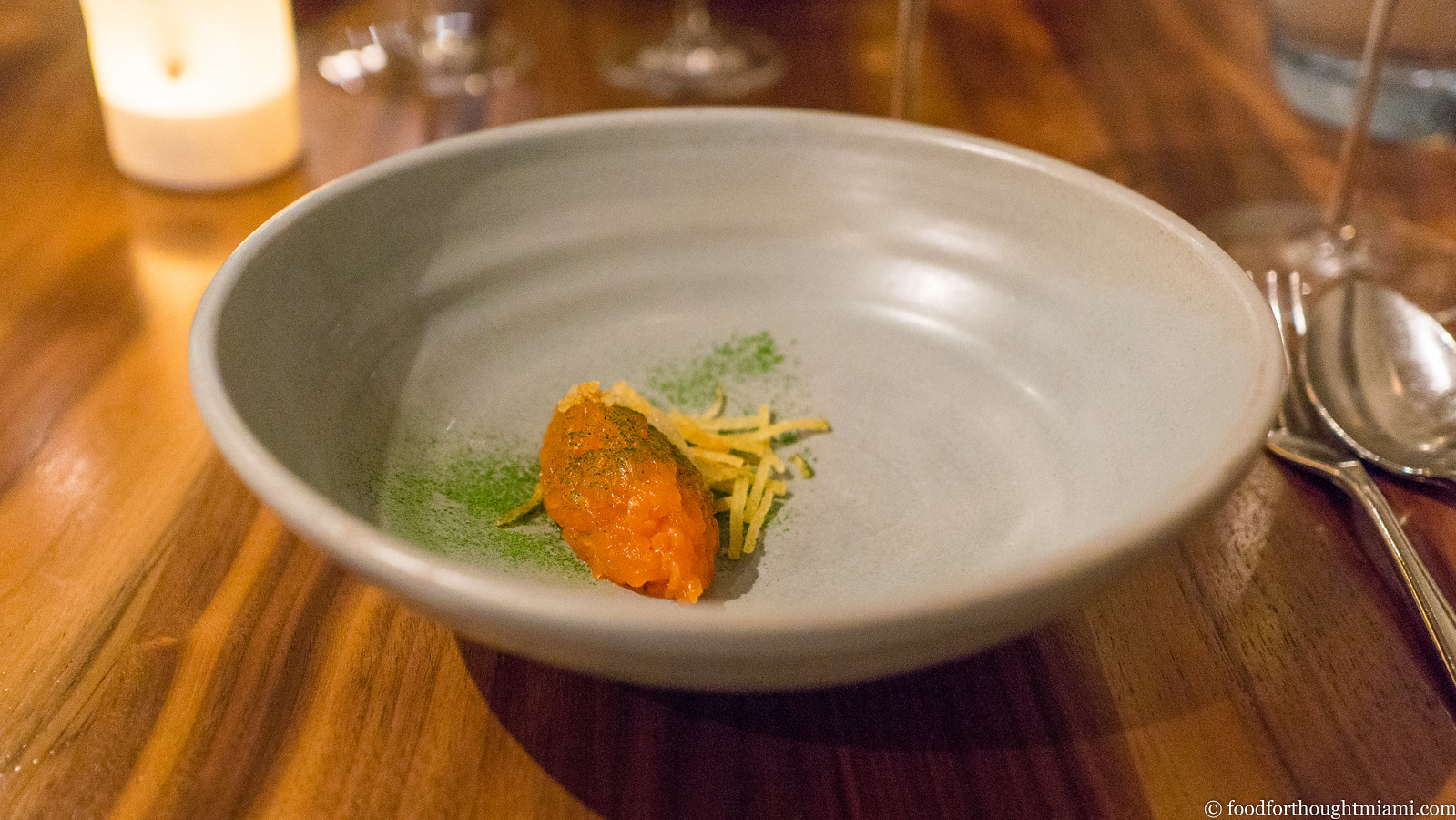
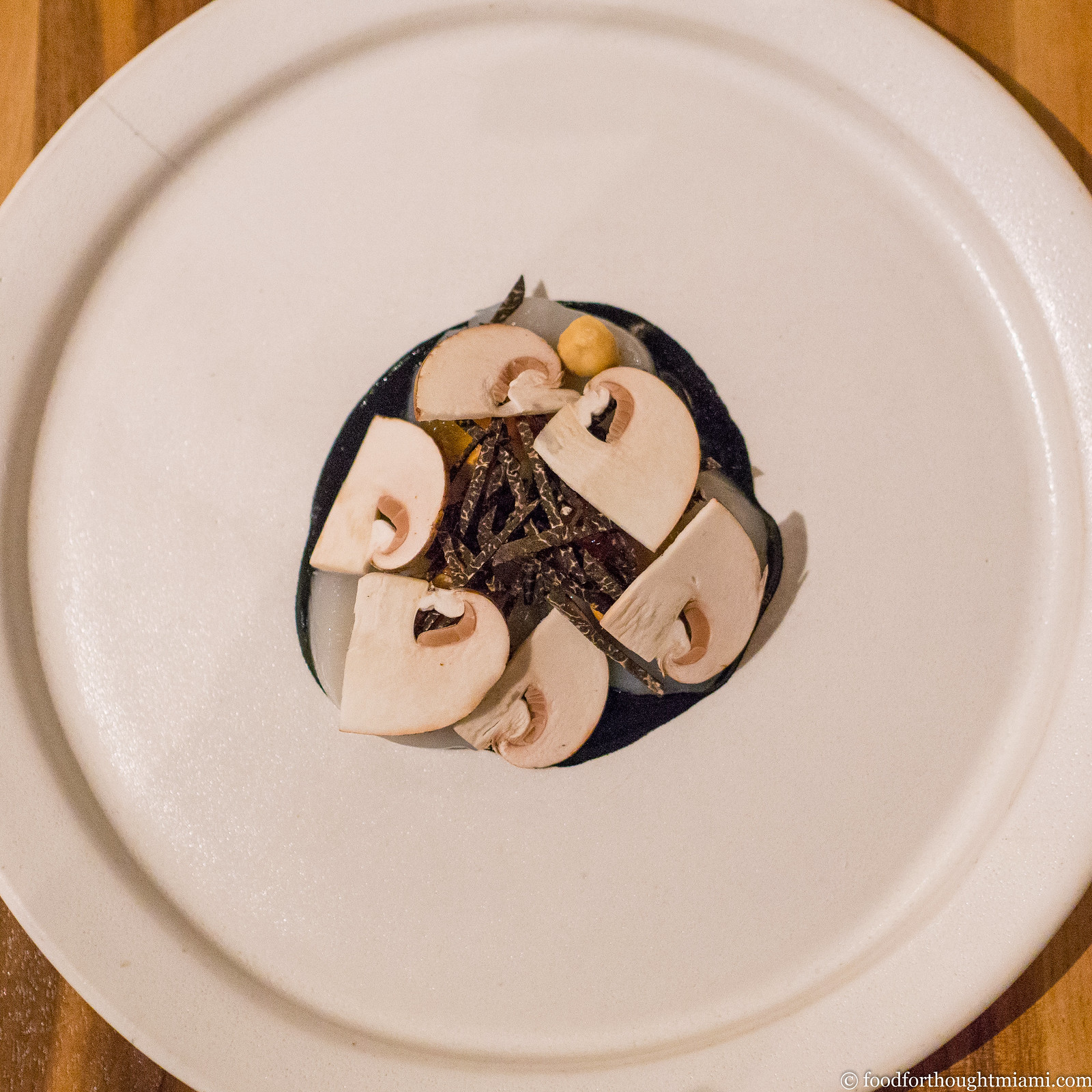

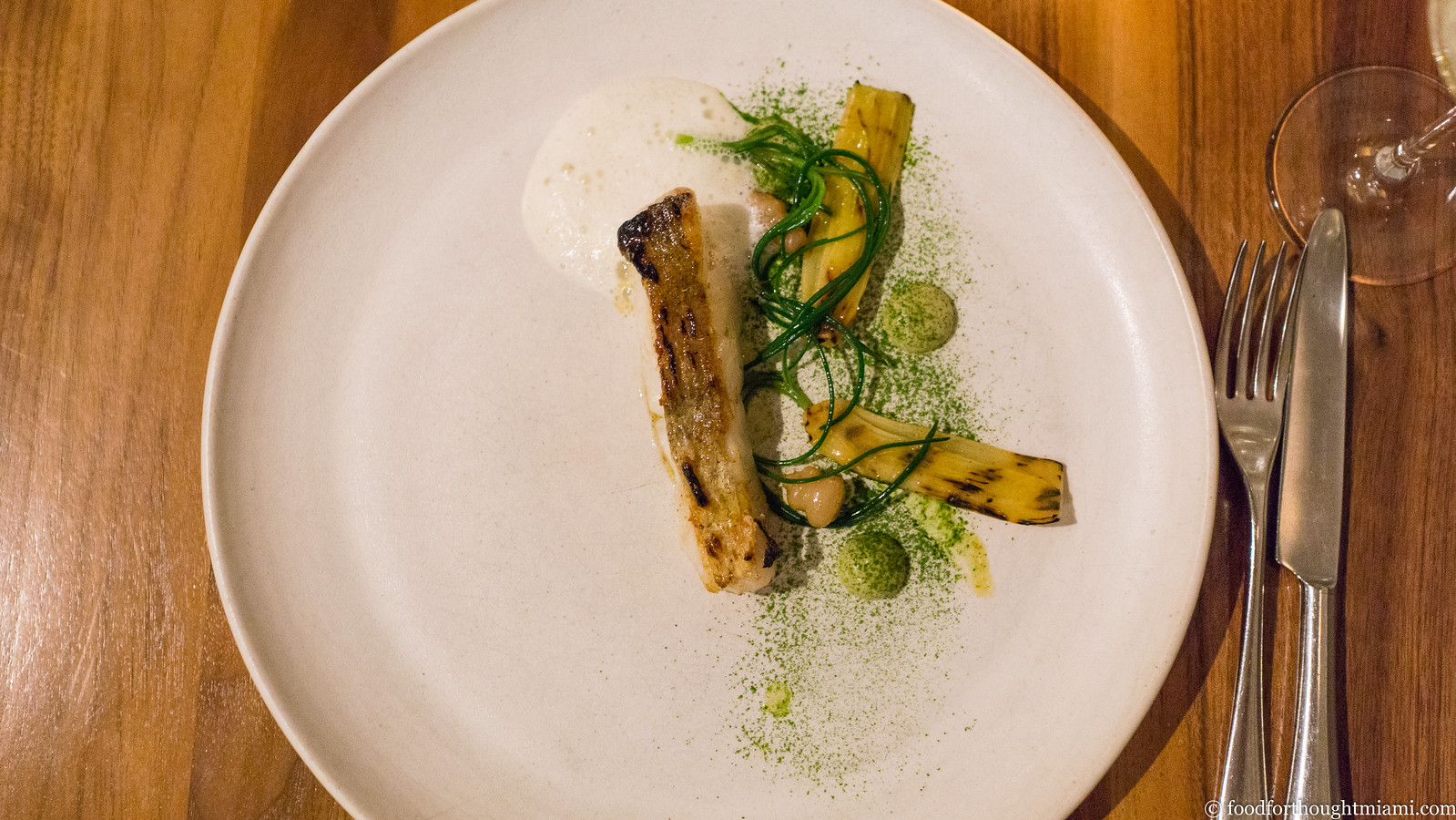
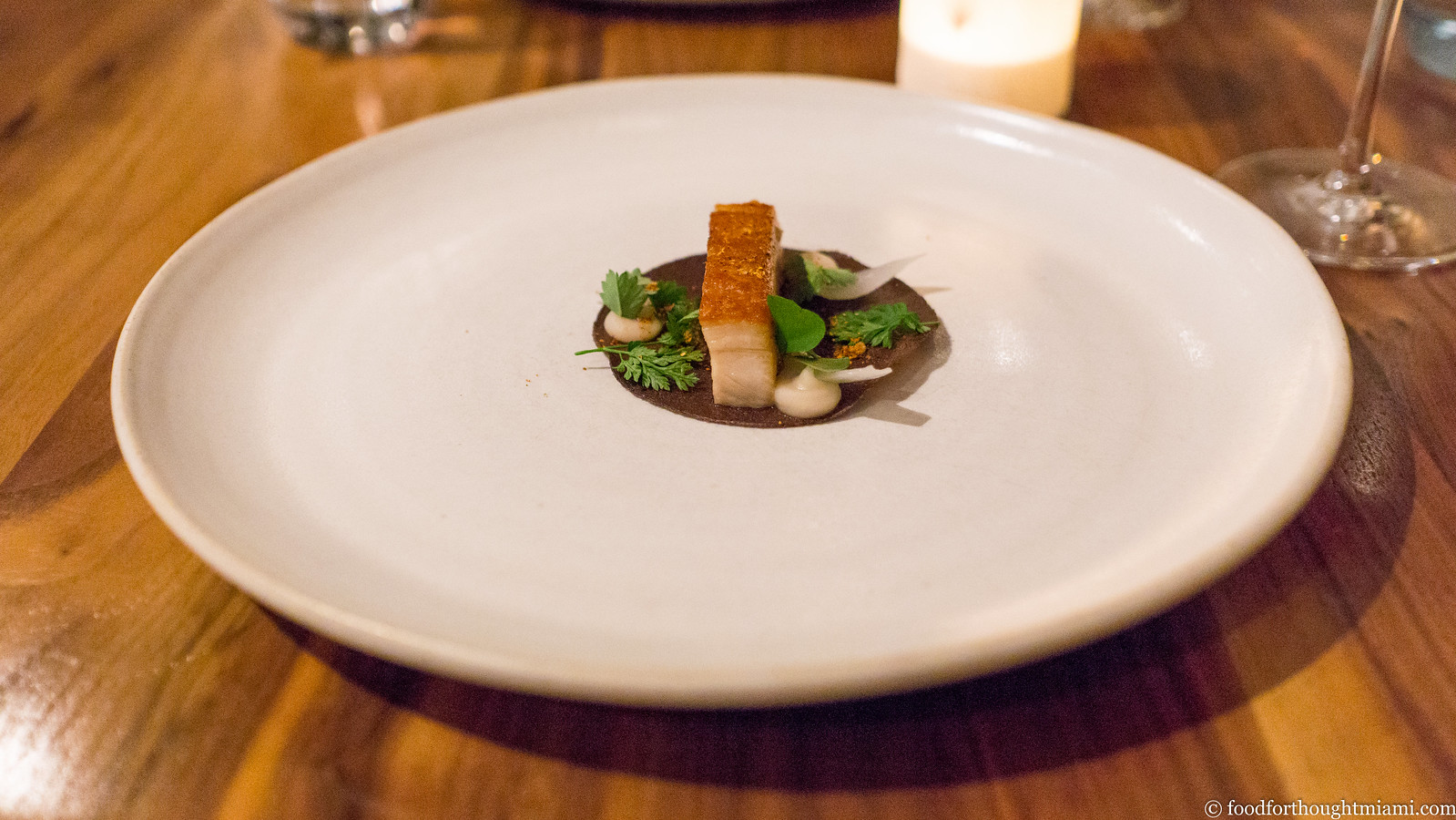
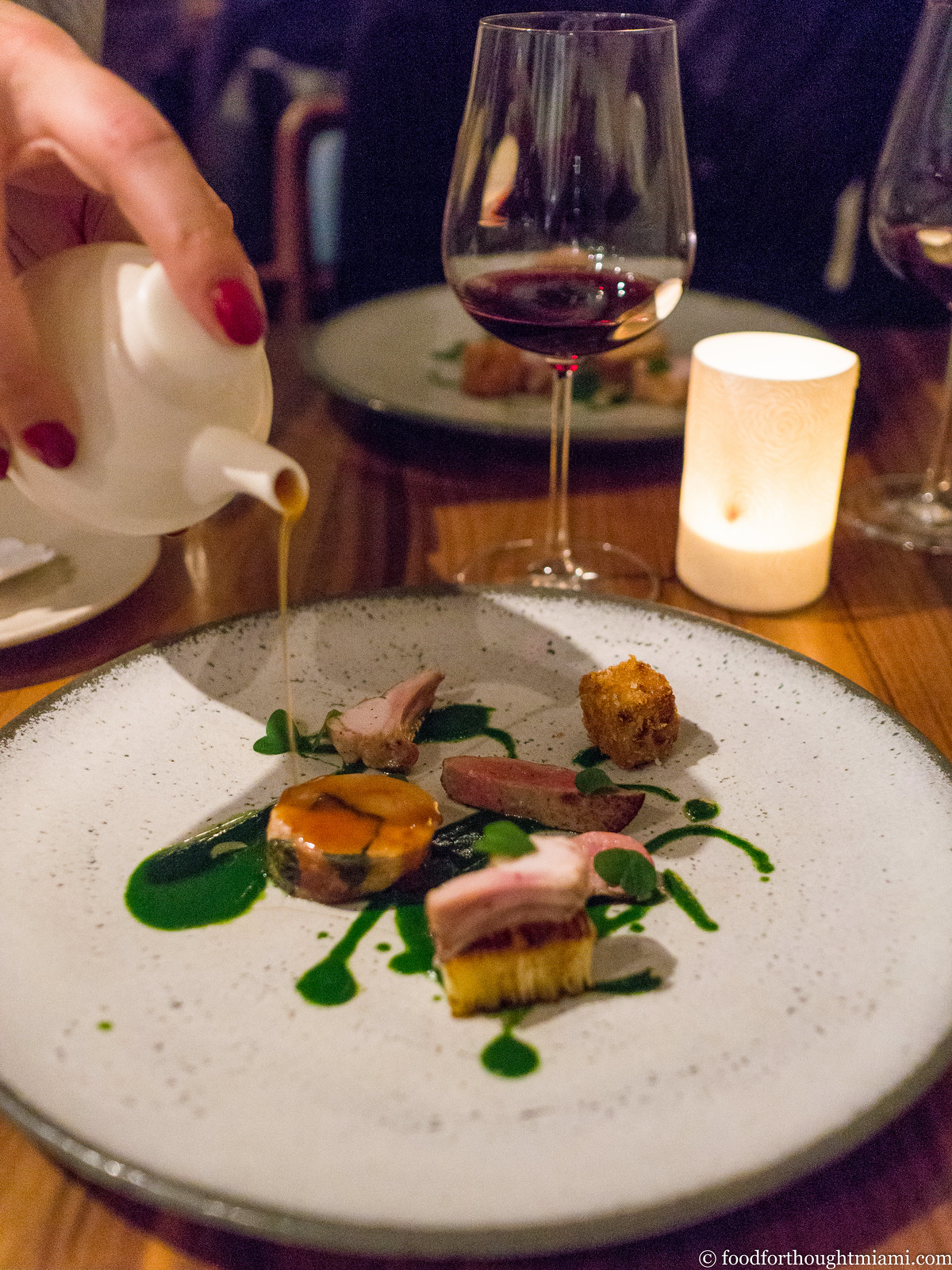



No comments:
Post a Comment